jesse
Touchdown! Greaser!
About a year ago I saw the post on one of these aviation forums about using a dental cam to look inside cylinders. I ordered one off eBay for about $20 and it sat on my desk for a good year before I decided to give it a shot.
Weather was nice today, so headed to the airport, I had to dremel most of the camera's housing away so that it would fit.
Pictures.....
Cylinder 1 Exhaust Valve
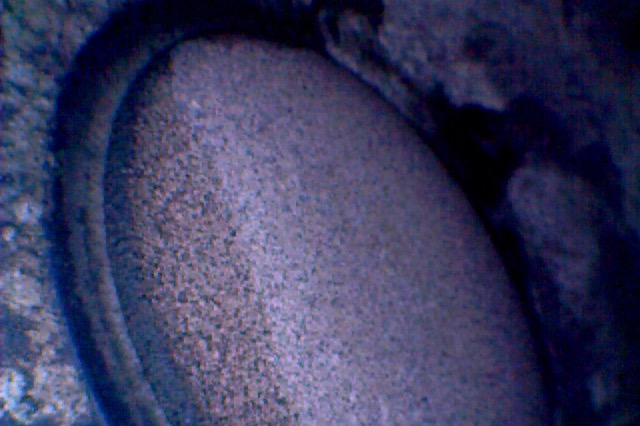
Cylinder 1 Intake Valve
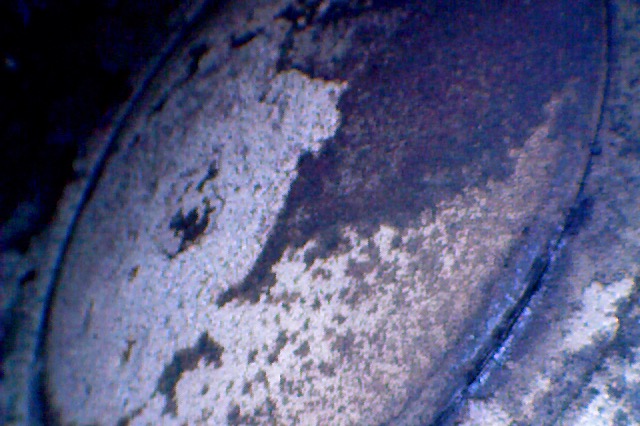
Cylinder 1 Piston Face
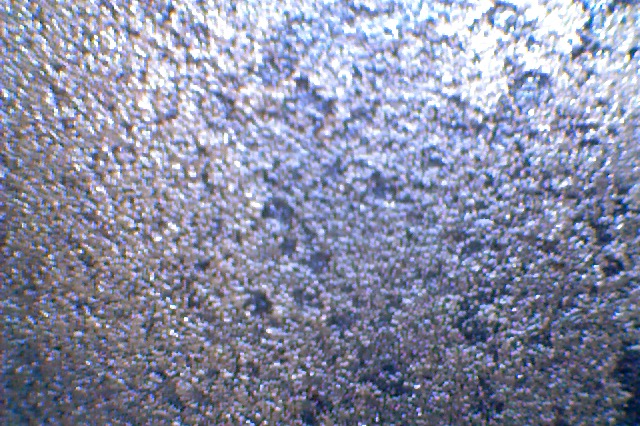
Cylinder 2 Exhaust Valve
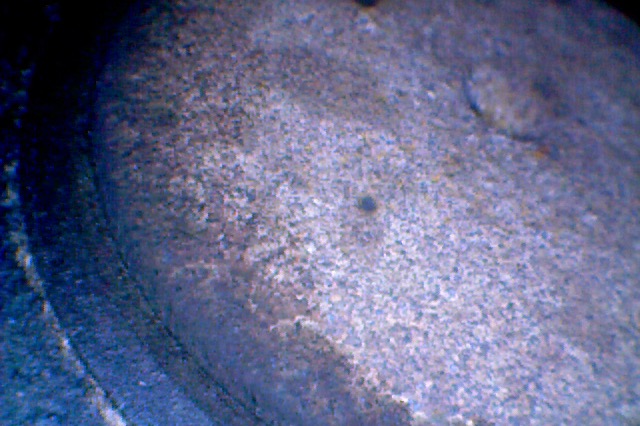
Cylinder 2 Intake Valve
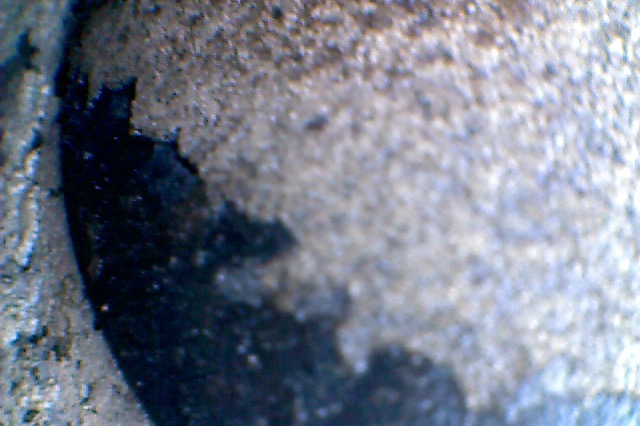
Cylinder 2 Piston Face
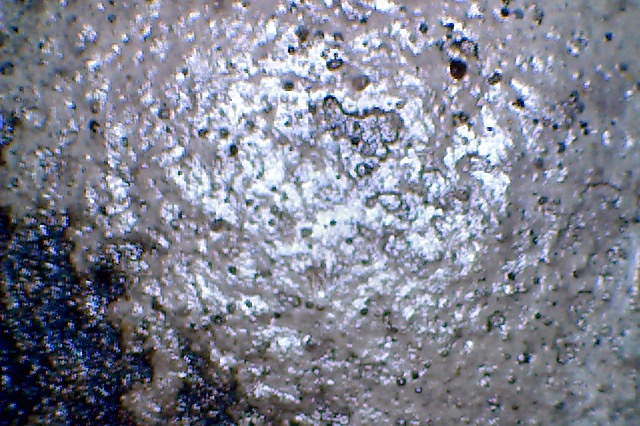
Cylinder 3 Exhaust Valve
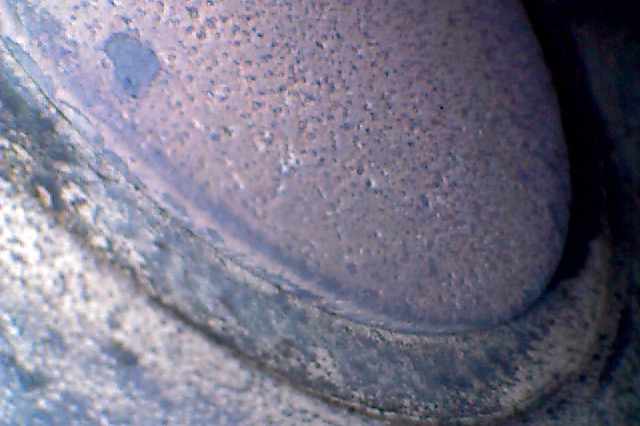
Cylinder 3 Intake Valve
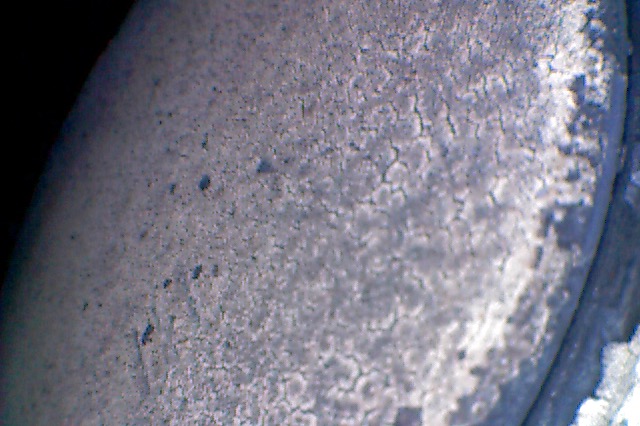
Cylinder 3 Piston Face
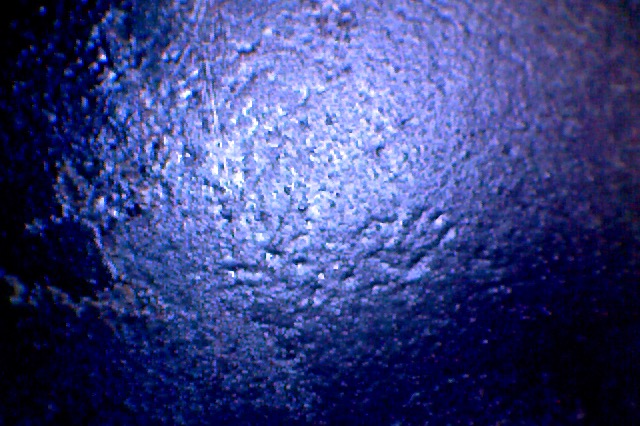
Cylinder 4 Exhaust Valve
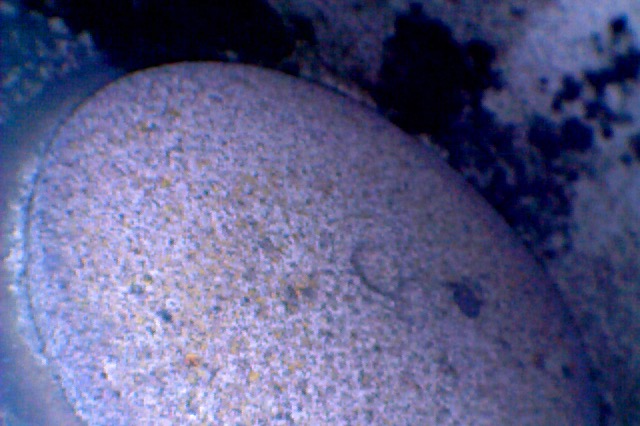
Cylinder 4 Intake Valve
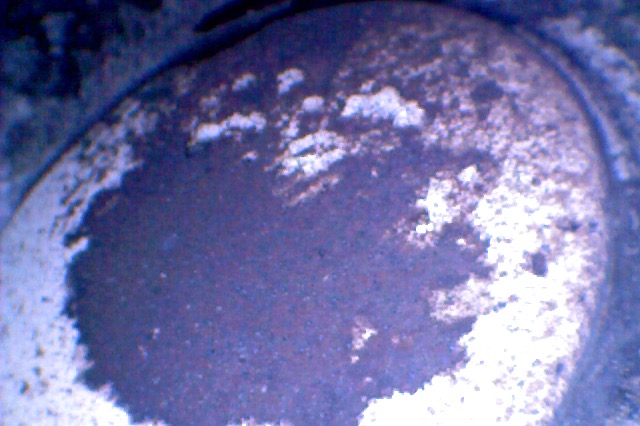
Cylinder 4 Piston Face
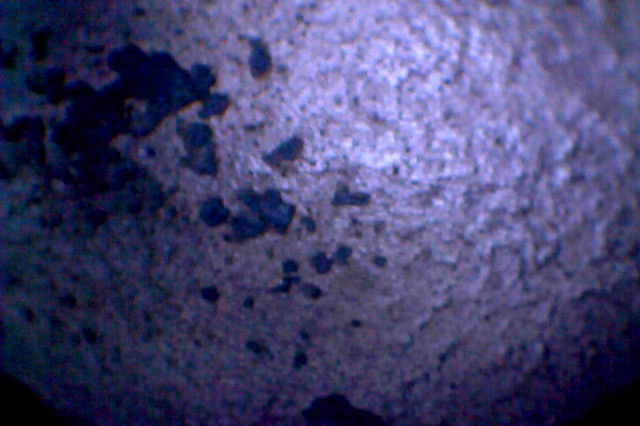
I couldn't really figure out a way to get a look at the cylinder wall. You can however see pretty much anything you'd want to see with the valves including their motion as they move up and down.
Of course, I really have no clue what I'm looking at, anything concerning in these pics? Interesting how the exhaust valves in Cylinder 2 and 4 have those indentations in the center and the others don't. Different style valves?
Cylinder 3 is the "newest" and was overhauled about 50 hours ago. The rest have 400 ish hours on them.
Weather was nice today, so headed to the airport, I had to dremel most of the camera's housing away so that it would fit.
Pictures.....
Cylinder 1 Exhaust Valve

Cylinder 1 Intake Valve

Cylinder 1 Piston Face

Cylinder 2 Exhaust Valve

Cylinder 2 Intake Valve

Cylinder 2 Piston Face

Cylinder 3 Exhaust Valve

Cylinder 3 Intake Valve

Cylinder 3 Piston Face

Cylinder 4 Exhaust Valve

Cylinder 4 Intake Valve

Cylinder 4 Piston Face

I couldn't really figure out a way to get a look at the cylinder wall. You can however see pretty much anything you'd want to see with the valves including their motion as they move up and down.
Of course, I really have no clue what I'm looking at, anything concerning in these pics? Interesting how the exhaust valves in Cylinder 2 and 4 have those indentations in the center and the others don't. Different style valves?
Cylinder 3 is the "newest" and was overhauled about 50 hours ago. The rest have 400 ish hours on them.


